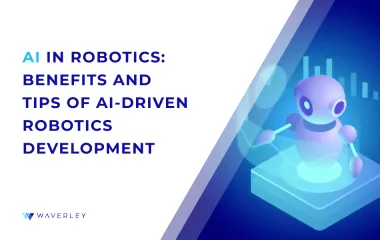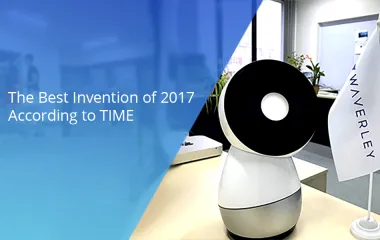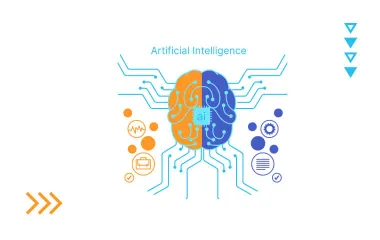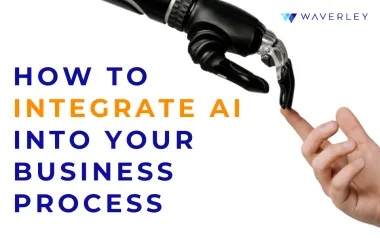The Future is Now: Robots in Our World Helping Us
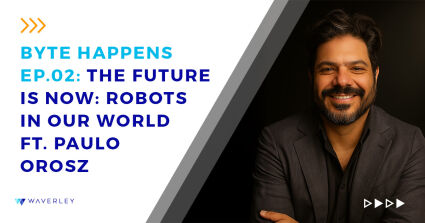
When we think of robots, our minds often jump to sci-fi movies filled with talking androids or machines plotting to take over the world. But for Paulo Orosz, robotics isn’t fiction—it’s an everyday reality that’s reshaping how we live and work.
A 22-year telecommunications veteran, Paulo took a leap of faith six months ago to join RobotLab, where he helps integrate robots into hotels, restaurants, schools, and other everyday environments. “We’re not talking about the future,” he says. “We’re talking about what’s real and applicable right now.”
Contents
- From Star Wars Dreams to Real-World Robots
- Making Robots for People
- The Real Challenge: People, Not Technology
- Breaking the Fear Factor
- The Future is Friendly (and Affordable)
- AI + Robotics: The Perfect Match
- Finding Purpose Through Technology
From Star Wars Dreams to Real-World Robots

Paulo’s fascination with robots began early, watching Star Wars in the movie theater as a child in Brazil. “I wanted an R2D2,” he laughs. “I never got one, but the curiosity stayed with me.”
Though he built a long career in telecommunications, his passion for STEM never faded. When AI started advancing rapidly, Paulo saw the moment to bring his lifelong curiosity full circle. “It feels like one of those life loops where the universe tells you something is meant to be,” he reflects.
Making Robots for People
Today, Paulo focuses on robots that solve real problems—from industrial cleaners to customer service bots. “The technology shouldn’t be a gimmick,” he insists. “It should be a transformation tool.”
RobotLab’s solutions are designed to be accessible to anyone, not just engineers. Paulo emphasizes that most robots can be operated by people without a technical background. For example, commercial cleaning robots can be installed in a restaurant in a single day and immediately start lightening the load for overworked staff.
And that’s the key: robots aren’t here to replace us—they’re here to do the jobs we don’t want to do. “They handle the repetitive, time-consuming tasks,” Paulo explains. “That frees people to focus on the work that requires a human touch.”
The Real Challenge: People, Not Technology
One of the biggest barriers to robotics adoption isn’t the tech—it’s mindset. Paulo recalls visiting clients who had bought expensive robots only to leave them sitting unused in a closet. “The technology worked fine,” he says. “But the organization wasn’t ready. There was no plan for how the robot fit into their workflow.”
His approach is deeply human-centered: include people from day one. “If I bring you in as part of the solution, you’ll embrace it. If I just give you a robot, you won’t.”
Breaking the Fear Factor
So why do so many people still feel uneasy about robots? Paulo blames pop culture. “Hollywood loves a robot apocalypse,” he laughs. “But in reality, robots are being used to solve problems that humans can’t or won’t solve anymore.”
He points to Japan as an example, where robots have quietly become part of daily life to address labor shortages. “They’re not stealing jobs—they’re filling gaps,” he says. “When robots are genuinely useful, people embrace them.”
In some hotels, cleaning crews even name their robots and treat them like teammates. “That’s when you know adoption has worked,” Paulo smiles. “They’ve become part of the crew.”
The Future Is Friendly (and Affordable)
Robots have become increasingly accessible due to advances in AI and computing power. With prices starting around $7,000 for simpler models, even small businesses can afford to automate routine tasks. Many companies now offer leasing or rental options, making it easier to start small.

AI + Robotics: The Perfect Match
Artificial intelligence has only accelerated the robotics revolution. “We’re now integrating large language models like ChatGPT into humanoid robots,” Paulo explains. “That allows them to hold natural conversations and better assist customers.”
Still, he’s cautious about the hype. “Not every robot needs ChatGPT,” he laughs. “Your vacuum doesn’t need to chat with you. But for customer-facing robots, AI is essential.”
Finding Purpose Through Technology
Beyond the tech, Paulo is passionate about education. He’s coached robotics teams for kids in underserved schools and believes that teaching is one of life’s greatest callings. “When you see that spark in their eyes—that aha moment—you realize that’s what matters,” he says.
His advice for anyone curious about robotics? Just start. “You don’t have to be an engineer. There are free online courses everywhere. Invest time in yourself. Don’t sit scrolling your phone—learn something new.”
For Paulo, technology isn’t about replacing people—it’s about helping us become better versions of ourselves.
Listen to the full episode on YouTube, Spotify, or your favorite podcast platform.
You can follow Paulo at:
LinkedIn: https://www.linkedin.com/in/paulo-orosz-651b171
Instagram: https://www.instagram.com/oroszwizard
X: https://www.x.com/TheRobotGuyDFW
Facebook: https://facebook.com/paulo.orosz
Website: https://www.robotlab.com
Tune in to Byte Happens and explore the human side of technology with the pioneers shaping our digital future!

